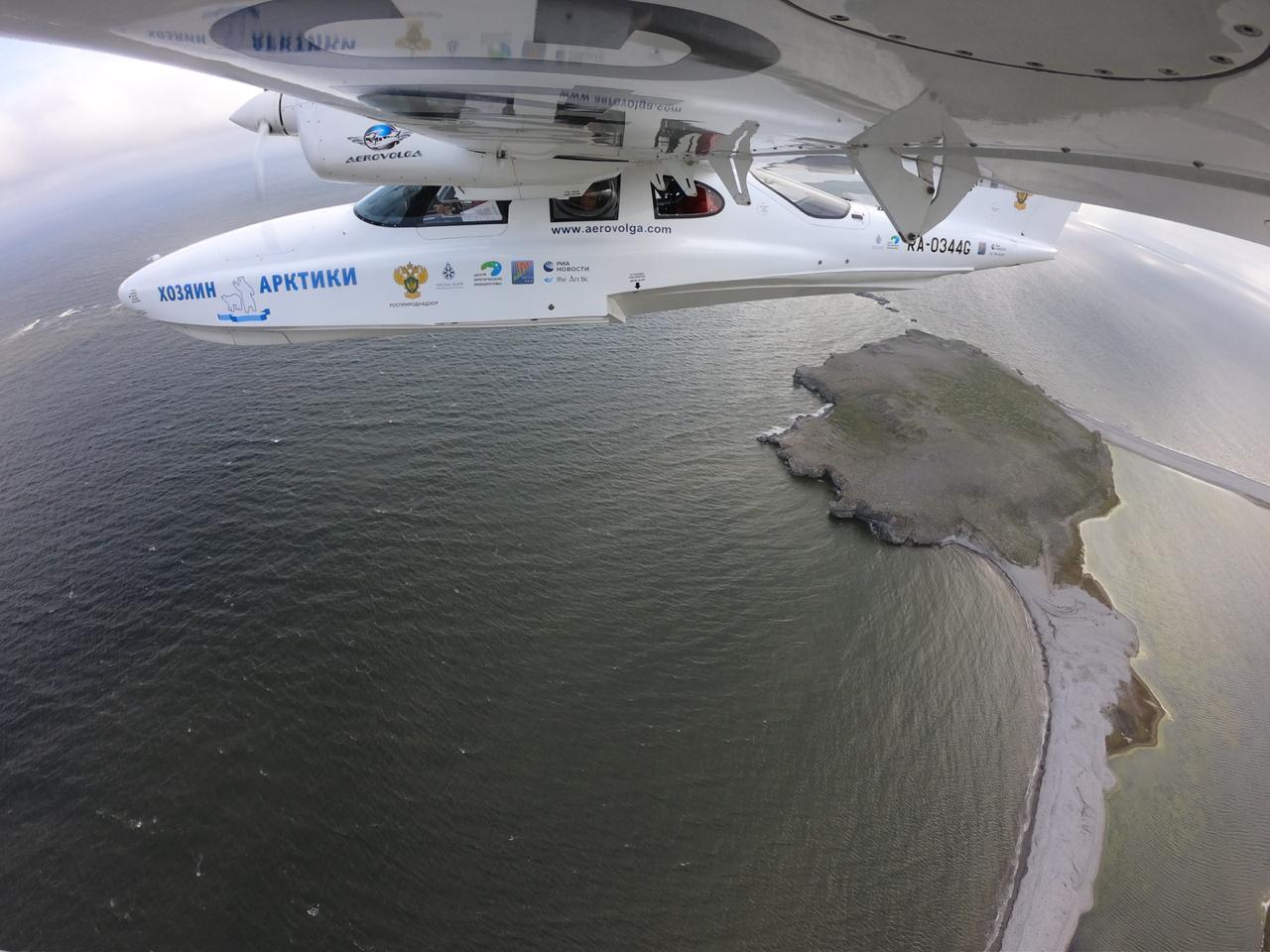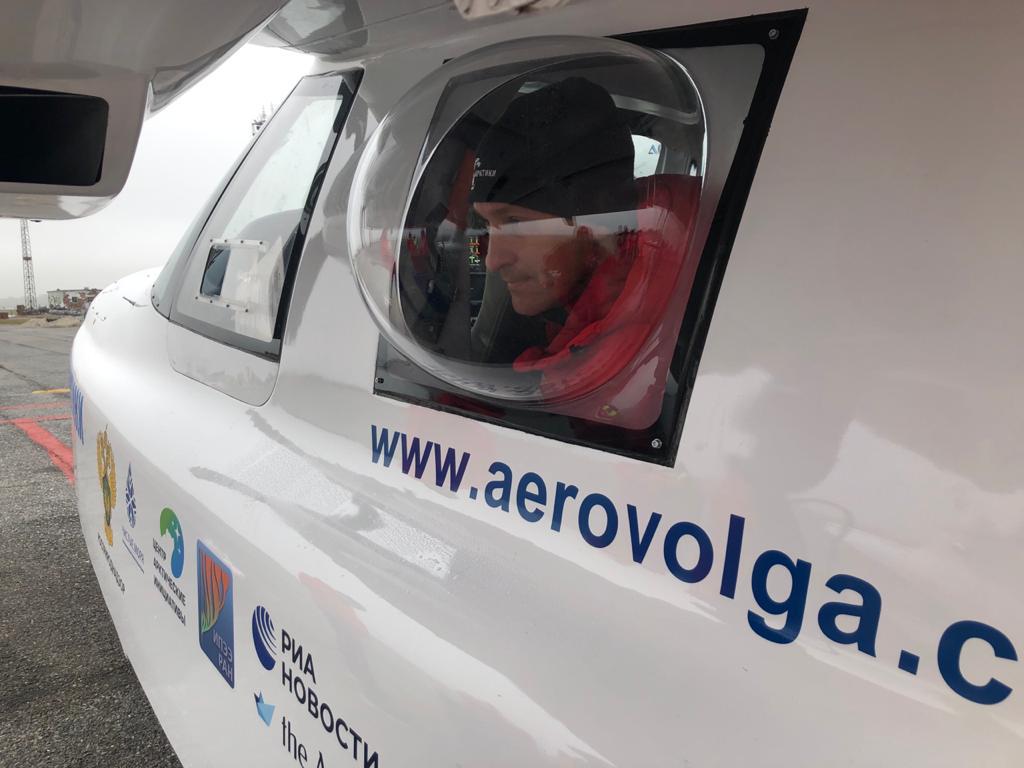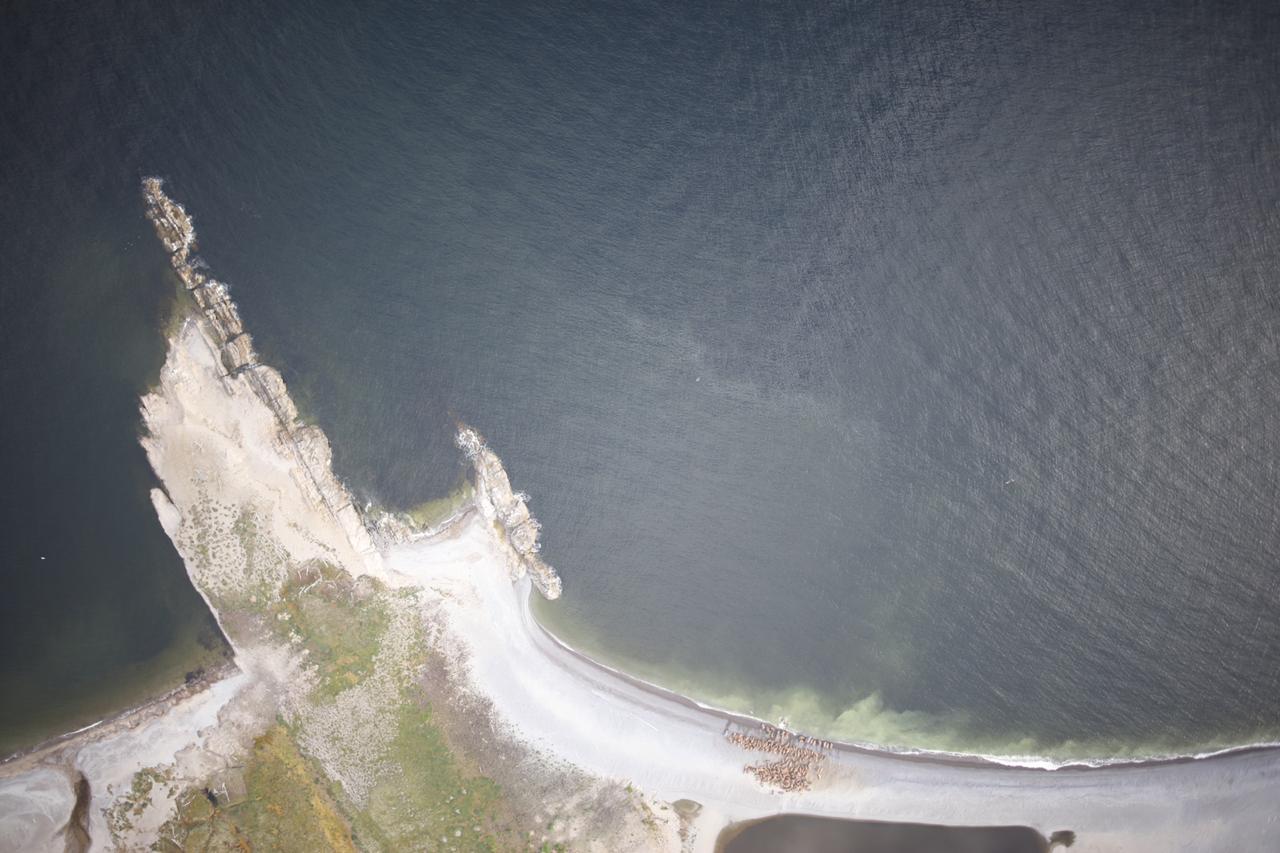
The polar bears are the largest land-based predators on the planet. They have been living in the Arctic ice for centuries. However, it becomes more and more difficult each year for them to survive in their natural habitat due to ice melting, poaching, anthropogenic factors, etc.
To keep the Master of the Arctic safe, the Federal service for supervision of natural resources of the Russian Federation (Ministry of Natural Resources and Environment), the International Environmental Fund "Clean seas" and the Autonomous Non-Commercial Organization "Arctic Initiatives" signed a tripartite agreement on conducting air count tests. They are going to take place from August 1 to August 20, 2020 in the Arctic zone of the Russian Federation.
PROJECT PLAN
A.N.Severtsov Institute's of Ecology and Evolution of the Russian Academy of Sciences specialists in polar bears and marine mammals are to fly over the total of 10 thousand kilometers from Amderma and Sabetta.
Their task is to study the distribution and calculate the number of polar bears (the population of Barents and Kara Seas area) on land and islands in the ice-free period for the first time. The scientists are also collecting detailed information on the sea mammals living in the same area as the polar bear and how they interact with each other. Another mission of the specialists is to assess the overall environmental situation in the studied area of the Arctic. During the expedition they are assisted by experienced pilots and the LA-8 amphibious aircraft which represents the Russian small aircraft.
PROJECT IMPLEMENTATION
Due to volatile weather conditions in the Arctic the flights got delayed. The first one took place in the afternoon of August 3. On the same day the indigenous people of the tundra celebrated the Reindeer Day. They held different traditional competitions and played games, rested together and received guests.
The plane flew towards the Vaygach Island. In around three hours, the plane flew 600 km in total over the shore of the island. There were no bears, but the team still got to see approximately 35 beluga whales, waving their tails at the researchers.
On the board of the plane scientists work in groups of 3 to 4 people. Two observers track moving objects, record them with a camera and a special program, as well as use a clinometer to measure the angle and calculate the coordinates of those objects. They do it from different sides of the plane simultaneously through rounded, convex glass windows also known as blisters. The other specialist inputs the data into a computer. After finishing all of the air count tests, the data will be thoroughly processed and analyzed.
On August 4, the team explored the Baidarata Bay and flew over the west coast. They pointed out that their route turned out to be very scenic. However, the bright rainbow to the left side of the aircraft was only seen by the pilots, as the scientists were too caught up in the
search of mammals with their binoculars. Just like the previous time, the team did not see any bears, but they met white whales again. Judging by the way those belugas were moving, the scientists suggested that pod of 15 whales was hunting. Some of them were 3-4 meters long, and some were with their calves.
On August 5th the researchers flew over the eastern part of the Pechora Sea where the Dolgiy and Matveev islands are located. They flew about 900 km and saw white whales, but not in pods this time. There were more than ten whales swimming by themselves. When the team arrived on the Matveev Island they conducted a joint study with the Nenets State Nature Reserve. Together they counted walruses at the rookery. The Reserve's team counted them from the ground, and the specialists of the project did it from the air. The exact data on the number of animals will be obtained after processing all of the gathered information.
The researchers also visited the nearby village to ask its local residents if they had interesting stories about living close to the Master of the Arctic. It turned out that the polar bears were frequent guests there and they did not hesitate to come straight into villager's houses from time to time! However, the project's team have not yet met any white bears, neither on the ground, nor from the air.
THE INTERMEDIATE RESULTS
According to preliminary calculations within the span of 3 days the specialists have seen:
· Approximately 220 walruses at the rookery
· About 11 walruses in the water
· Around 72 white whales
· Several garbage patches in the water and plenty of waste piles on the shores. The ground there is densely covered with scrap metal, including, countless fuel barrels
The crew of scientists and pilots have to cover the total of nine routes! Some of them get corrected right during the flights, all because of the changeable weather of the Arctic, which affects in how many days and hours the air count tests can be done.


